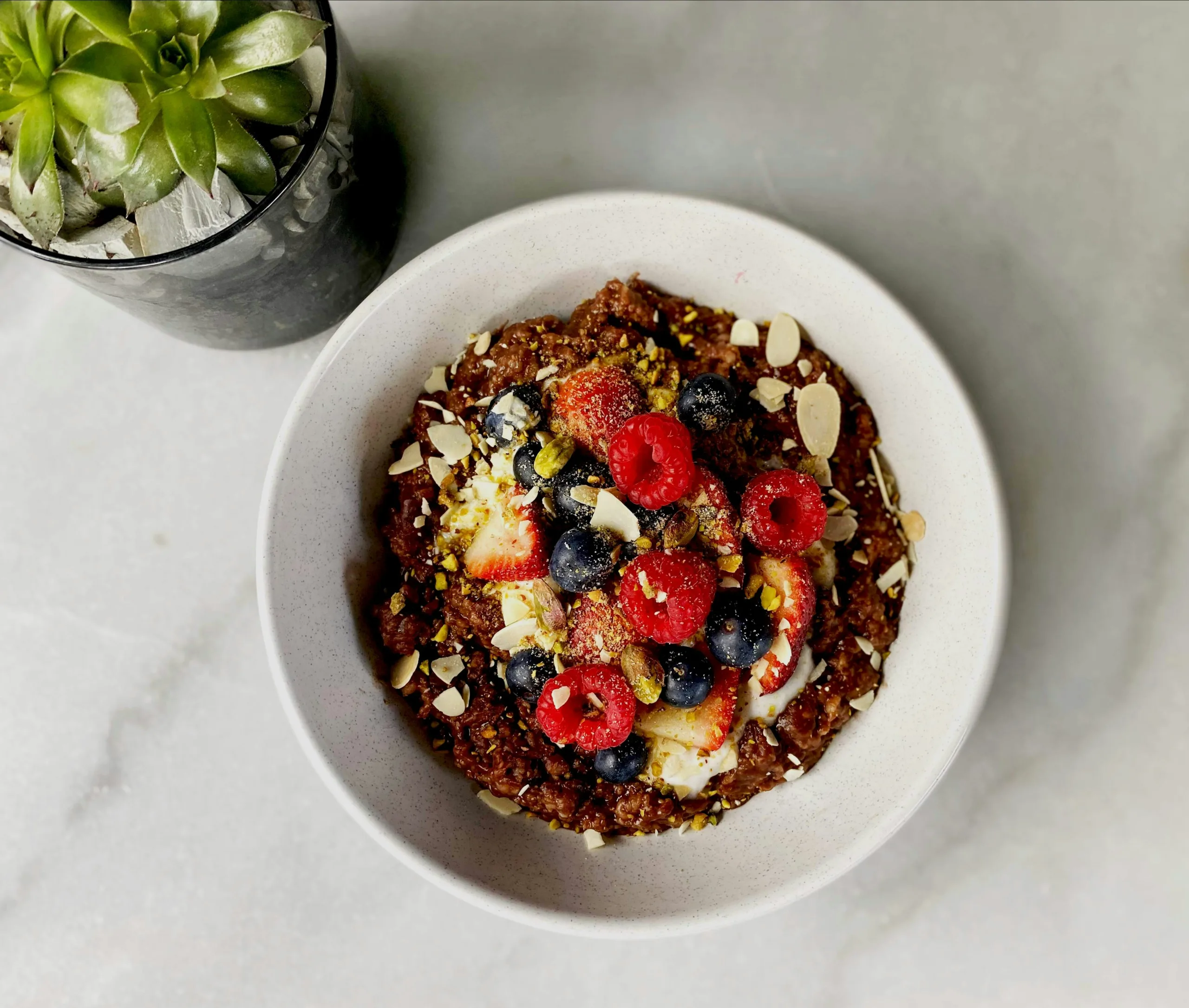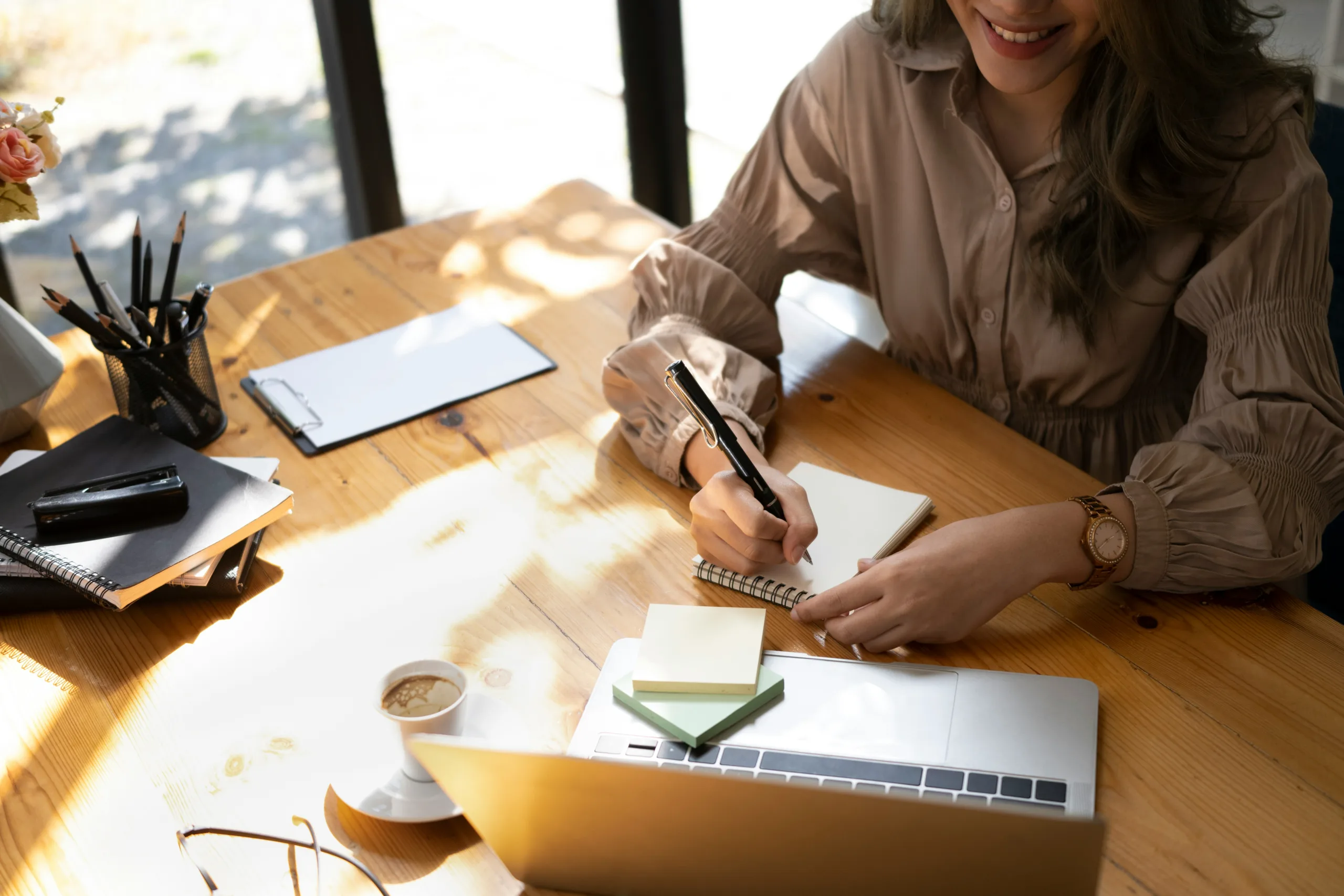From the TV commercials for those just-add-water powders—and their poo-inducing powers—you can probably guess that fiber isn’t the sexiest part of food to talk about. But it’s wildly important to your overall well-being, digestion included.
Yet only 5% of Americans consume the recommended daily amount, according to a study in the American Journal of Lifestyle Medicine. Back in the hunter-gatherer days, the average human’s daily fiber intake averaged around a whopping 75 grams. Today, the typical American gets about 15 grams each day; far short of the government recommendation.
The U.S. Dietary Guidelines break down the ideal fiber intake based on calorie consumption. Shoot for 14 grams of fiber per 1,000 calories, they say. So women should aim for 25 grams of fiber and men should aim for 38 grams per day.
Read on to discover what fiber is, how it works in the body, plus some of the best foods to help you get your daily dose.
RELATED: Why You Need to Eat a High Fiber Diet
What is Fiber, Exactly?
The U.S. Food and Drug Administration (FDA) defines fiber as a type of carbohydrate that consists of many sugar molecules knitted together in a format that’s not easily digested in the small intestine. Natural fiber is found in plant foods, including fruits, vegetables and whole grains.
There are two main kinds of fiber to know about. All help you feel fuller at mealtime and stay satisfied longer, but we recommend you lean into the first two as much as possible rather than the latter one.
- Soluble fiber soaks up water similar to a sponge, interfering with the absorption of fat and cholesterol. As a result, soluble fiber can aid in lowering the amount of “bad” cholesterol (LDL) in the blood. It also helps control blood sugar (read: fewer sugar rushes and crashes after a meal).
- Insoluble fiber helps speed up the process of food and waste moving through the digestive system. Similar to a “brush” cleaning out the intestines, insoluble fiber helps bulk up your stool consistency.
There is a a third type of fiber known as Functional fiber which is extracted from natural sources or synthetically made then added to foods, drinks or supplements. Since this isn’t part of a food naturally, we always suggest consuming the majority of your fiber via soluble and insoluble sources.
RELATED: Should You Take Supplements for Gut Health?
Why Do We Need Fiber?
Now that you know what fiber is and your goal consumption level (25 to 38 grams each day), let’s dive more into why fiber is so good for the body.
Fiber offers a wide variety of health benefits including:
- Reduced risk of chronic disease
- Higher success with weight loss, if desired
- Increased metabolism
- Lower levels of chronic inflammation
- Lower bad cholesterol
- Less constipation
- Decreased risk for coronary heart disease, stroke, hypertension, type 2 diabetes, obesity and some gastrointestinal diseases
The National Institutes of Health (NIH) reports that the more fiber one eats, the less risk they have for heart disease. This is particularly true related to soluble fiber intake. A diet rich in fiber also increases diversity of bacteria in the gut, contributing to a healthy immune system and the production of short chain fatty acids (SCFAs). These fatty acids have been found to regulate blood pressure, metabolism, and appetite, and help maintain an overall healthy gut.
Those who hit their fiber quota tend to eat about 10% fewer calories naturally, researchers have discovered. This may be because they feel more satisfied with less food since what they are eating is bulked up with filling fiber. Or it could be because high-fiber foods (like vegetables, legumes and fruit) tend to be fairly low in calories.
How to Get Your Daily Dose of Fiber
If you are concerned about your fiber consumption, try tracking your diet using a food journal for a week and note your average daily fiber intake. (The United States Department of Agriculture (USDA) FoodData Central nutrition database can help with any food or drink you consume that doesn’t have a nutrition facts panel). If you fall below the 25 to 38 grams per day, here are a few tips to simply and comfortably step things up:
- Since going from 0 to 30 grams of fiber in a day is a recipe for bloating, stomach upset or loose stools, increase your daily intake by 5 grams of fiber each week. (For example, go from 10 grams to 15 grams per day in Week 1, then 20 grams in Week 2 after tracking). Do this until you reach your goal level.
- Try to include 5 to 10 grams of fiber per meal and snack to spread out your fiber consumption throughout the day.
- Drink plenty of water to help prevent digestive challenges or nausea.
10 High-Fiber Foods to Add to Your Shopping List
Most plant foods pack in a solid amount of fiber. Here are an express lane trip’s-worth of high-fiber foods that are versatile and easy to add to your menu:
- Chia seeds: 10 grams per ounce
- Green peas: 9 grams per cup
- Raspberries: 8 grams per cup
- Split peas: 8 grams per cup
- Black beans: 7 ½ grams per ½ cup
- Lentils: 7 ½ grams per ½ cup
- Chickpeas: 6.5 grams per ½ cup
- Artichoke: 6 grams per 1 whole
- Pearled barley: 6 grams per cooked cup
- Pears: 5 ½ grams per medium fruit
- Quinoa: 5 grams per cooked cup
- Pumpkin: 5 grams per ½ cup
- Broccoli: 5 grams per cooked cup
- Blueberries: 4 grams per 1 cup






























